News WOSCU

The rarest treasures of the National Library of Uzbekistan
One of the rare works kept in the Fund of Unique and Highly Valuable Publications is the manuscript Al akhkomus sultaniya val viloyatud diniya (Laws of state administration) by Abul Hasan Ali bin Muhammad al Movardi. It belongs to the period of Abbasid caliphs.
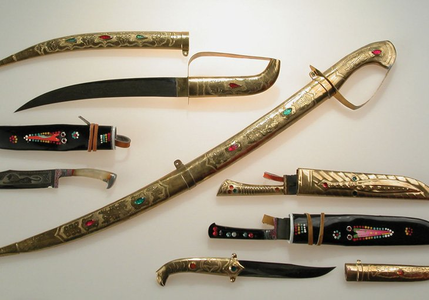
Original knife handles by A. Nishanov
Knives and scabbards are allocated to a separate collection. Uzbek knives are very distinctive and they combine the artistic merit of appearance and functionality.

Local women's favorite jewelry
The origins of jewelry in Uzbekistan are lost in the depths of millennia. In the 19th century, the largest centers of this craft were Khiva, Bukhara, Samarkand, Karshi, and Kokand.
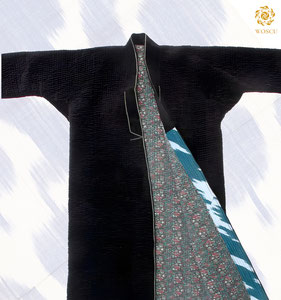
Central Asian men's clothing from the collection of the Naprstek Museum
Central Asian clothing was designed to meet climatic conditions and the lifestyle requirements of the local population, as well as the tastes of the inhabitants of certain regions.
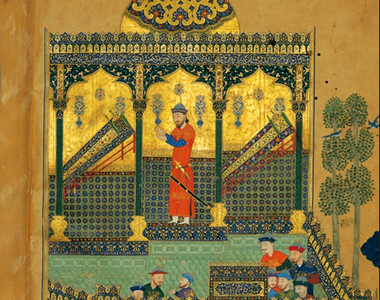
Who was patronized by the Herat ruler Sultan Baysunghur?
The famous governor and patron, the sultan Baysungur b. Shahrukh governor of Herat, had passed away in 1433, but the paintings of Supplément turc 190 are very close in their style to works made in his kitabkhana (library-atelier or studio) during his lifetime.
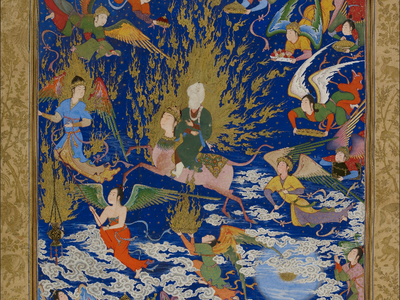
Who published the French translation of "Mirajnama"?
According to historical sources, In 1882, the French scholar Abel Pavet de Courteille published a French translation of the text of the Mi‘raj-nama, and in 1889 – 1890 the translation of the Turkish version of Tazkirat al-awliya which formed the second part of the manuscript Supplément turc 1902.

The pre-Islamic period on the territory of Uzbekistan
The southernmost part of the territory of Uzbekistan is the Surkhan Valley. These lands are the most important part of Northern Bactria. At the beginning of the I-III centuries, the Kuban statehood spread to its territory.
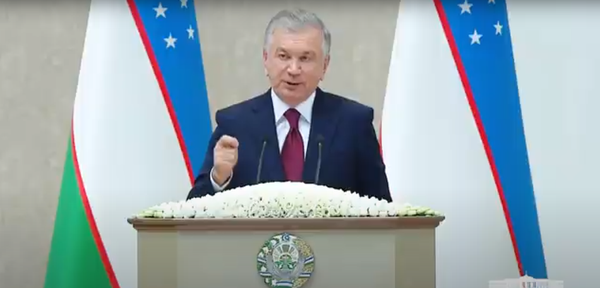
New Uzbekistan
Great history does not disappear without a trace. It is kept and reproduced in the genetic code of the people, in their historical memory and in their deeds. This is precisely where its mighty strength is. Preservation and study, transmission from generation to generation of historical heritage is one of the main priorities of our state. These words of the President of Uzbekistan, Shavkat Mirziyoyev, have established the core objectives and the direction for the development of culture, not only for the immediate future but also for the long term.
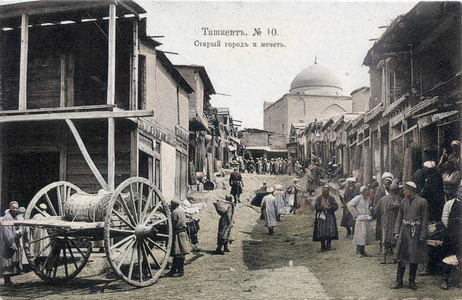
A beautiful description of the Tashkent bazaar
The famous Russian artist V. V. Vereshchagin described one of the market days in Tashkent:
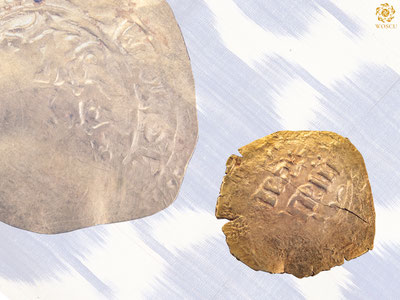
The Khiva Khanate Mint
In 1505, Khorezm was conquered by Shaybani Khan. In 1510, Shaybani Khan died in a battle with the army of Shah Ismail Safavi, the founder of the Safavid state.

A Monument to Alisher Navoi Unveiled in Ankara
The capital of Turkey, Ankara, hosted the grand unveiling of a monument to the great Turkic poet and thinker Alisher Navoi. This momentous event marked the 33rd anniversary of Uzbekistan's independence.
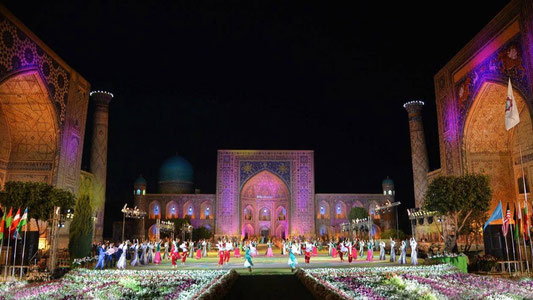
Samarkand hosts the grand finale of the largest music festival in Central Asia - "Sharq Taronalari"
Musicians from 80 countries around the world, including Russia, Austria, Azerbaijan, China, Iran, South Korea, India, Germany, Egypt, and France, participated in the forum.
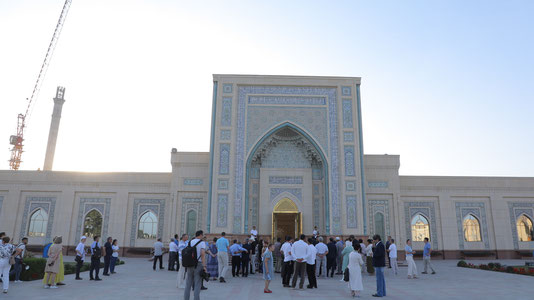
Islamic Heritage: New Discoveries and Projects

International Dialogue: Scholars on the Future of Uzbekistan
The final day of the congress, which was attended by representatives of international organizations such as IRCICA, ICESCO, TURKSOY, as well as the heads of the Al-Furqan Foundation, the International Turkic Academy, and about 300 scientists, experts, and researchers from 35 countries, discussed projects on the exhibitions of the Center for Islamic Civilization and the Imam al-Bukhari Museum in Uzbekistan.
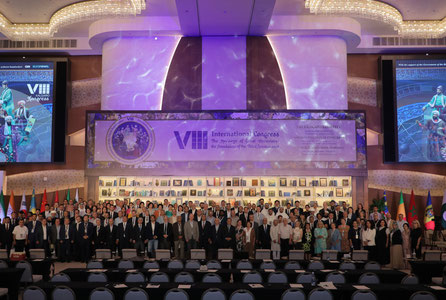
The VIII International Congress "The Heritage of Great Ancestors - the Foundation of the Third Renaissance" has come to a close!
Final shots of a grand event that brought together scholars and experts from 35 countries in Samarkand!
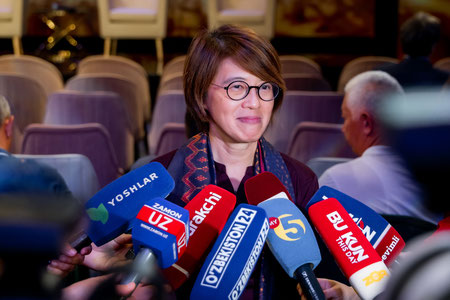
Scholars of the World on New Uzbekistan
The VIII International Congress "The Heritage of Great Ancestors – the Foundation of the Third Renaissance" concluded its work in Samarkand.
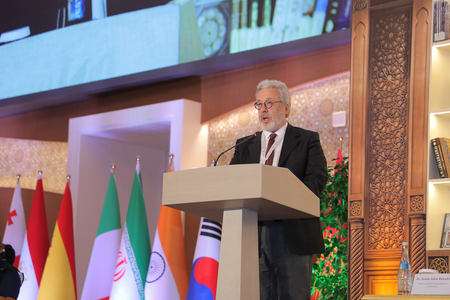
IRCICA as a Partner Institution
The 8th Congress "The Legacy of Great Ancestors - the Foundation of the Third Renaissance" featured an address by Professor Mahmud Erol Kilic, Director General of IRCICA.

Memorandums of Cooperation Signed during the VIII Congress
As part of the VIII International Congress "The Heritage of Great Ancestors - the Foundation of the Third Renaissance," the Center for Islamic Civilization in Uzbekistan signed a number of memorandums with foreign and international organizations.
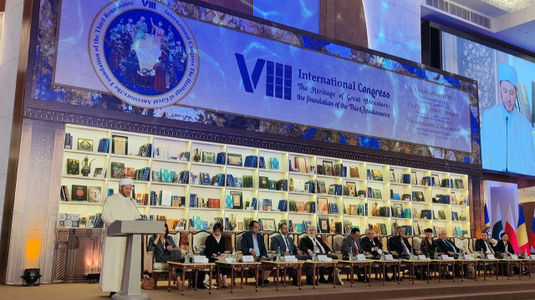
The 8th International Congress of the World Society for the Study, Preservation and Promotion of the Cultural Legacy of Uzbekistan (WOSCU) “The Heritage of the Great Ancestors: the Foundation of the Third Renaissance”
From August 23 to 26, the 8th International Congress of the World Society for the Study, Preservation and Popularization of the Cultural Legacy of Uzbekistan (WOSCU) “The Legacy of the Great Ancestors: the Foundation of the Third Renaissance” held in Tashkent and at the Silk Road Samarkand Tourist Center in Samarkand with the participation of the Center of Islamic Civilization under the Cabinet of Ministers of the Republic of Uzbekistan.
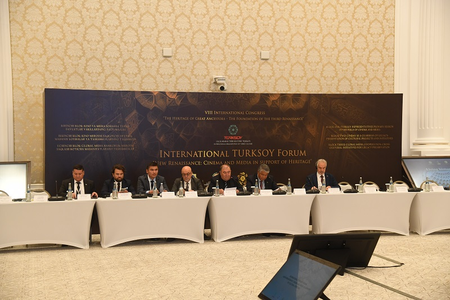
Cinema and Media in Support of Heritage: The TURKSOY Forum within the Framework of the VIII WOSCU Congress
The VIII International Congress "The Heritage of Great Ancestors - the Foundation of the Third Renaissance" in Uzbekistan served as a platform for the TURKSOY Forum on the theme "New Renaissance: Cinema and Media in Support of Heritage".
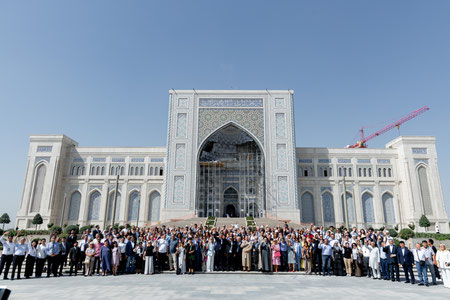
300 scholars from around the world adopted the Samarkand Declaration and addressed the President of Uzbekistan Shavkat Mirziyoyev
The closing ceremony of the 8th International Congress of the World Society for the Study, Preservation and Popularization of the Cultural Legacy of Uzbekistan (WOSCU) was held in the Samarkand Congress Center.
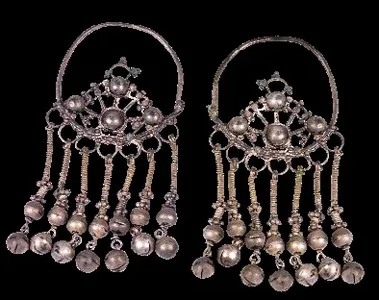
Traditions of Uzbekistan: A Key Section in the Center for Islamic Civilization
The VIII International Congress "The Heritage of Great Ancestors - the Foundation of the Third Renaissance," currently taking place in Samarkand, has become a platform for presentations by local and foreign scientists and experts in the field of studying, preserving, and popularizing Uzbekistan's cultural heritage.
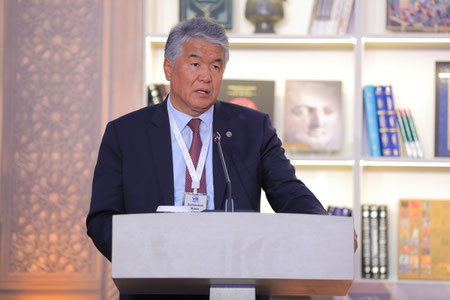
Sultan Raev, Secretary General of the international organization TURKSOY, greeted the participants of the VIII International Congress in the Uzbek language
Sultan Raev, Secretary General of TURKSOY
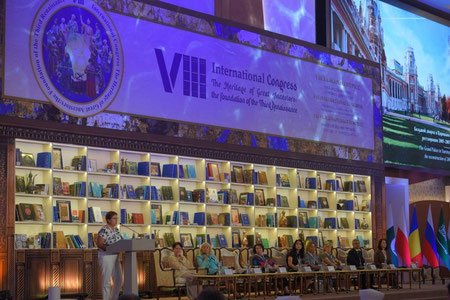
"Cultural Legacy of Uzbekistan in World Collections": Volumes 71-80 Presented
Today, as part of the VIII International Congress "The Legacy of Great Ancestors - the Foundation of the Third Renaissance" taking place in Samarkand, a presentation of ten new volumes from the series "Cultural Legacy of Uzbekistan in World Collections" prepared by the World Society for the Study, Preservation, and Popularization of Cultural Legacy of Uzbekistan, was held.

The International Congress participants congratulated a group of religious figures honored with high state awards
The VIII International Congress "The Heritage of Great Ancestors – The Foundation of the Third Renaissance" is being held from August 23rd to 26th at the Silk Road Center in Samarkand, organized jointly by the Center for Islamic Civilization in Uzbekistan and the World Society for the Study, Preservation, and Popularization of Cultural Legacy Uzbekistan (WOSCU).

“The Center for Islamic Civilization has reached half of its goal” – Sali Shahsivari
Scholars from all over the world are currently in Samarkand. In the tourist center of Samarkand, scholars are sharing their knowledge and scientific discoveries with their colleagues.

“I am happy to be in the homeland of Imam al-Bukhari and alongside his successors.”
Dr. Tan Huism, Director of the National Library of Qatar:

"I support and applaud the actions of President Shavkat Mirziyoyev"
Damir Mukhtyedinov, First Deputy Chairman of the Spiritual Administration of Muslims of the Russian Federation:
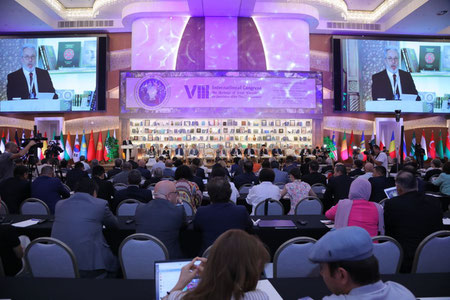
A Glimpse into the VIII WOSCU Congress "The Heritage of Great Ancestors - The Foundation of the Third Renaissance."
ФОТОРЕПОРТАЖ
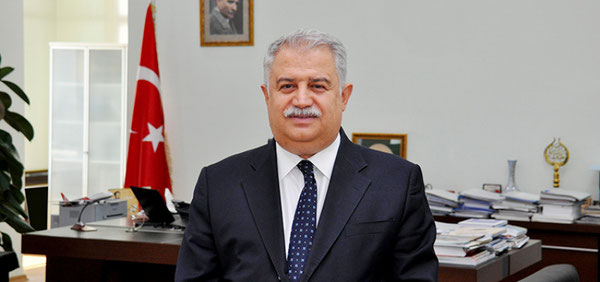
The congress has opened the path to cooperation
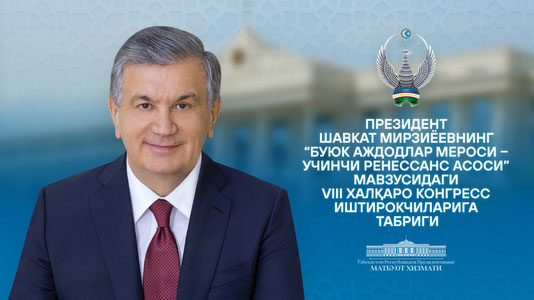
To the participants of the VIII International Congress "The Heritage of Great Ancestors – The Foundation of the Third Renaissance"
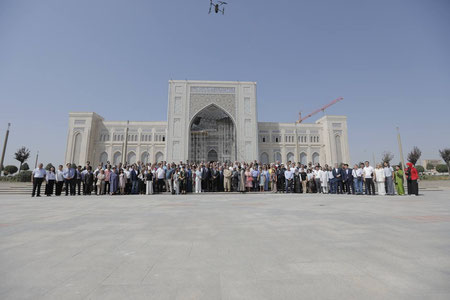
The Center of Islamic Civilization hosted over 300 scholars from 35 countries within its walls.
O‘zbekiston madaniy merosini o‘rganish, saqlash va ommalashtirish bo‘yicha Butunjahon jamiyati (WOSCU) VIII Xalqaro kongressining ochilish marosimi arafasida tadbir ishtirokchilari uchun Toshkentdagi Hazrati Imom tarixiy majmuasi yaqinida qurilayotgan Islom sivilizatsiyasi markaziga ekskursiya uyushtirildi.
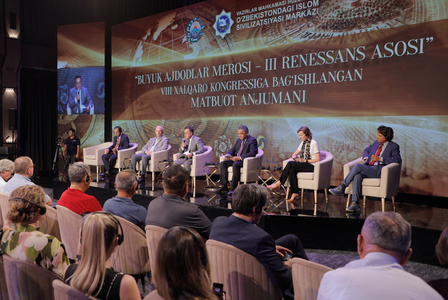
Prestigious Cultural Event Bringing Together 300 Scholars from Around the World Kicks Off in Tashkent
From August 23rd to 26th, the 8th International Congress "The Legacy of Great Ancestors - The Foundation of the Third Renaissance" will be held.

A Press Conference Was Held Dedicated to the VIII International Congress "The Heritage of Great Ancestors - the Foundation of the Third Renaissance"
The VIII International Congress "The Heritage of Great Ancestors - the Foundation of the Third Renaissance" will be held from August 23rd to 26th in Tashkent and Samarkand.
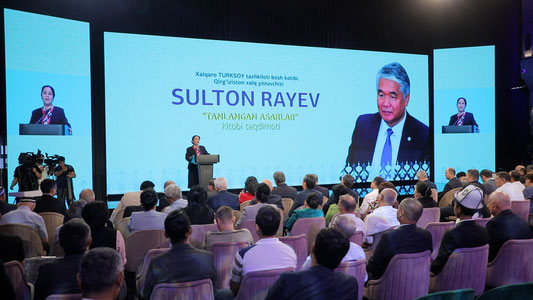
Sultan Raev's Literary Works Unveiled at the Congress Pre-Event
On August 22nd, the Writers' Union of Uzbekistan, in anticipation of the VIII International Congress of the World Society for the Study, Preservation, and Popularization of Uzbekistan's Cultural Heritage (WOSCU) and with the support of the Center for Islamic Civilization, organized a presentation of the Uzbek-language book "Tanlangan asarlar" ("Selected Works") by Kyrgyz writer and Secretary General of TURKSOY, Sultan Raev.

WOSCU's 8th Congress: Focus on the Museum Exhibits of the Center for Islamic Civilization and Imam al-Bukhari
The main theme of the 8th International Congress "The Legacy of Great Ancestors - the Foundation of the Third Renaissance," organized by the World Society for the Study, Preservation, and Popularization of Cultural Legacy of Uzbekistan (WOSCU), will be the museum exhibits of the Center for Islamic Civilization and the Imam al-Bukhari Memorial Complex.
